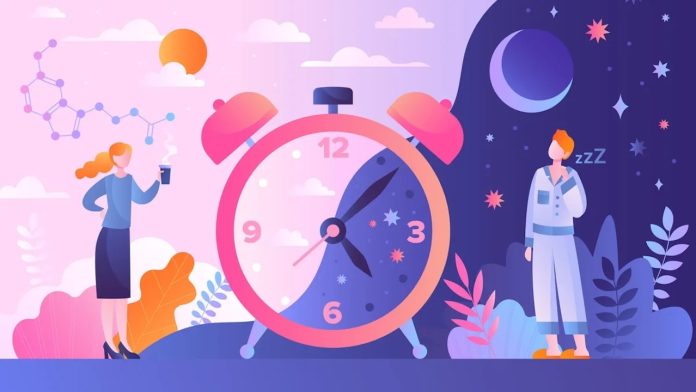While many people today prefer to sleep for long periods at a time, alternating sleep cycles can benefit your health in different ways. So what are these unusual sleep patterns? Traditionally, most people prefer a single long sleep cycle. This means sleeping uninterrupted throughout the night and usually lasts between 7 and 9 hours. However, this approach to sleep may not be the best option for everyone. Scientists and sleep experts emphasize that there are several alternative sleep cycles that suit different lifestyles and habits. Different sleep cycles can better suit the needs of your daily life and even provide more efficient sleep in some cases.
What are alternative sleep cycles?
The monophasic sleep cycle is the most common sleep pattern in modern society. By sleeping for a single long period throughout the night, the body completes all the sleep stages and transitions into deep sleep, REM sleep. However, throughout history, especially before the widespread use of artificial light sources, people had different sleep patterns. Today, these alternative sleep cycles have become attractive, especially for those who have irregular work hours or need less sleep.
Biphasic sleep: Two-stage sleep pattern
Biphasic sleep is a sleep cycle in which sleep time is divided into two parts. This can be a long sleep during the night and a short nap during the day, or it can be divided into two separate periods of sleep. Historically, this pattern was common in pre-industrial times. People would sleep for a period of time during the night, then stay awake for a few hours before going back to sleep. This sleep pattern is still referred to in some cultures as the “first sleep” and the “second sleep.”
One of the benefits of a biphasic sleep schedule is that it alleviates symptoms like daytime fatigue and brain fog. A short afternoon nap can improve cognitive function and focus. This sleep schedule can also fit in well with irregular work schedules or specific religious practices. However, experts say that this sleep schedule may not be suitable for everyone and its effects may vary depending on individual needs.
Polyphasic sleep: Multi-stage sleep pattern
Polyphasic sleep refers to a pattern that involves multiple sleep cycles throughout the day. This can be planned to allow for only 2 to 4 hours of sleep per day. For example, the “Everyman” pattern involves a 3-hour nightly sleep and three 20-minute naps during the day. This pattern may be especially appealing for those with a busy schedule. However, health organizations such as the Cleveland Clinic warn that this type of sleep pattern can lead to serious sleep deprivation in the long term.
Dymaxion sleep cycle: Maximum productivity with minimum sleep
The Dymaxion sleep cycle is an extreme sleep pattern that aims to get only 2 hours of sleep per day. This pattern is planned as 30-minute naps every 6 hours. Developed by Richard Buckminster Fuller, known in the field of architecture and engineering, this cycle is based on the idea of achieving maximum efficiency by spending minimum energy. However, such extreme sleep patterns can lead to serious health problems in long-term applications.
Uberman sleep cycle: Rest with frequent naps
The Uberman sleep pattern also includes short intervals of sleep, like the Dymaxion model. It provides a total of 2 hours of sleep with 6 20-minute naps per day. This pattern can be a short-term solution, especially for those with sleep disorders or busy schedules. However, it is not recommended for long-term use because it does not reach sufficient REM sleep or deep sleep stages.
Disadvantages of biphasic and polyphasic sleep patterns
Polyphasic sleep patterns can lead to sleep deprivation and related negative outcomes. A 2022 literature review highlighted the negative effects of such sleep cycles on cognitive and physical health. Lack of sleep can lead to problems such as depression, anxiety, and attention problems. In addition, insufficient sleep can weaken the immune system, reducing resistance to infections.
However, biphasic or polyphasic sleep patterns may be beneficial for some people when adequate total sleep time is achieved. Biphasic sleep, especially if supplemented with short naps, may help them feel more alert and focused during the day.
Sleep patterns can vary depending on each individual’s lifestyle and needs. While traditional monophasic sleep is the best option for most people, biphasic and polyphasic sleep patterns may be more suitable for some people. Before trying these alternative sleep patterns, it’s important to consider the importance of getting enough sleep on your overall health.










